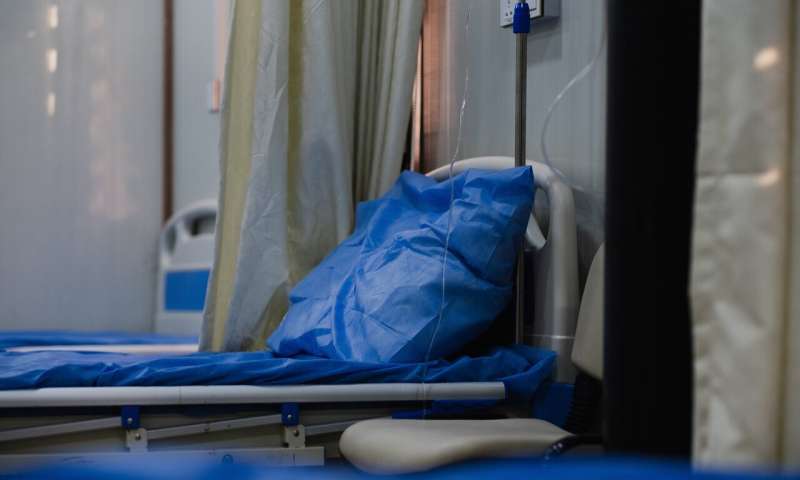
Investigators led by a team at Massachusetts General Hospital (MGH) have made discoveries at the single cell level to uncover new details concerning mitochondrial diseases—inherited disorders that interfere with energy production in the body and currently have no cure. The findings, which are published in the New England Journal of Medicine, could eventually benefit affected patients.
Mitochondrial diseases result from failure of mitochondria, specialized compartments within cells that contain their own DNA and produce the energy needed to sustain life. Inherited mutations in mitochondrial DNA (mtDNA) often cause these diseases, and affected patients’ cells contain a mixture of mutant and nonmutant mtDNA—a phenomenon called heteroplasmy. The proportion of mutant mtDNA varies across patients and among tissues within a patient. Also, symptoms range from mild to severe and depend on which cells of the body are affected.
“It is generally accepted that the fraction of mutant heteroplasmy is what determines whether or not a tissue will exhibit disease. To better understand heteroplasmic dynamics, we applied a brand new genomics technology—with single cell resolution—in which we could simultaneously determine the cell type and the fraction of mutant heteroplasmy in thousands of individual blood cells,” said senior author Vamsi K. Mootha, MD, investigator in the Department of Molecular Biology at MGH.
The researchers examined mtDNA within different blood cell types from 9 individuals with MELAS, one of the most common forms of mtDNA disease associated with brain dysfunction and stroke-like episodes, with a wide range of severity across patients.
“What makes this study unique is that it is, to our knowledge, the first time anyone has been able to quantify the percentage of disease-causing mitochondrial DNA mutations in thousands of individual cells of different types from the same patient, as well as in multiple patients with inherited mitochondrial disease,” said lead author Melissa A. Walker, MD, Ph.D., an investigator in the Department of Neurology at MGH.
The analysis revealed especially low levels of heteroplasmy in T cells, which play important roles in killing infected cells, activating other immune cells, and regulating immune responses.
“Our observations suggest that certain cell lineages within our body may have a process by which to guard against problematic mtDNA mutations, which is a potentially very exciting finding,” said Walker.
Additional studies are needed to determine whether differences in heteroplasmy across immune cell types affect the cells’ function, and whether assessing such heteroplasmy may help clinicians diagnose and monitor mitochondrial diseases. “Our long-term vision is that single cell genomics may lead to improved blood tests for monitoring the progression of these diseases,” said Mootha.
In addition, understanding the determinants of reduced T-cell heteroplasmy may motivate new therapeutic strategies for mitochondrial diseases, which currently lack any FDA-approved treatments.
Source: Read Full Article
